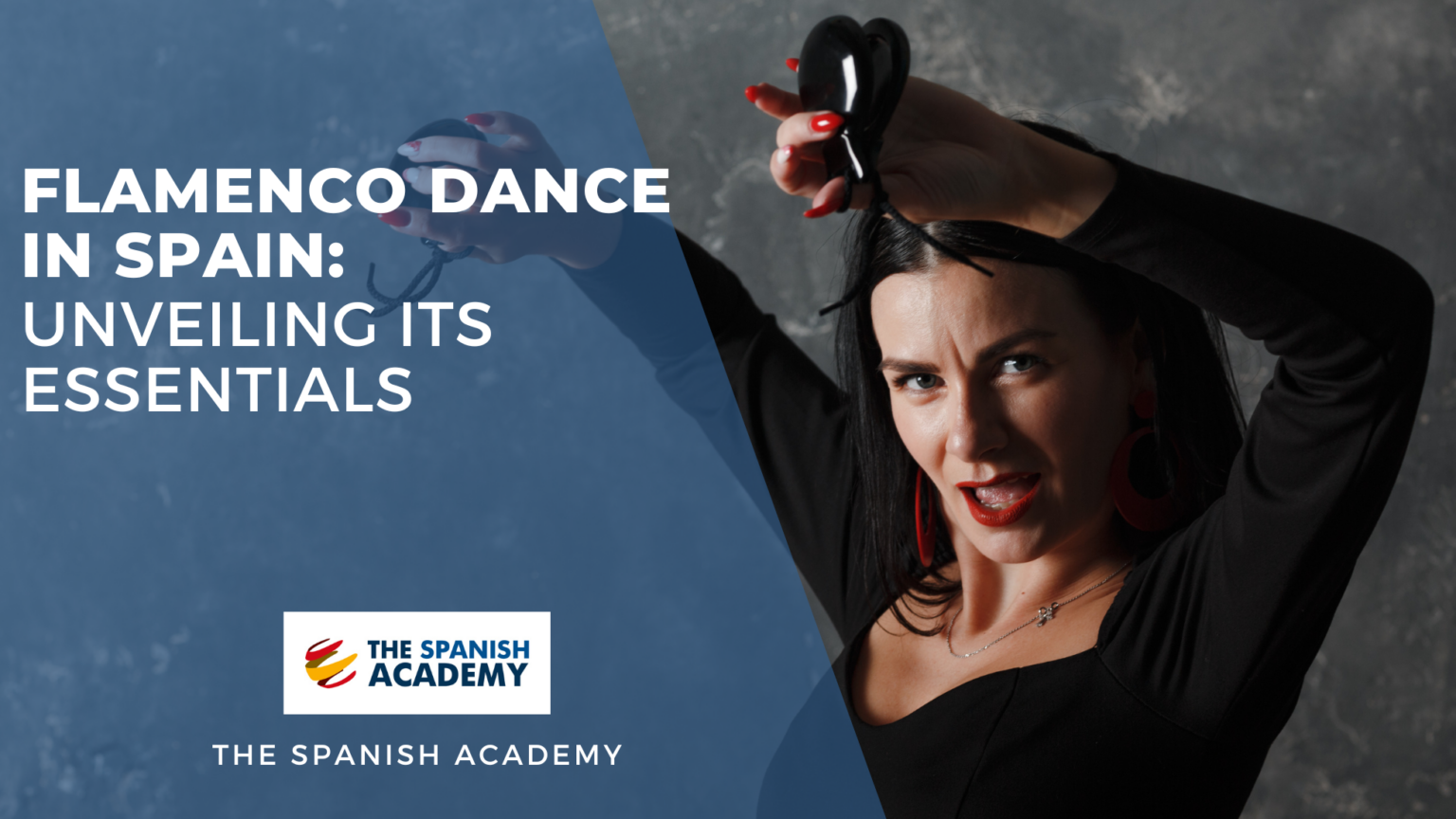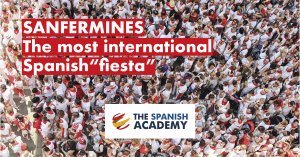Unveiling the Passionate Art of Flamenco Dance in Spain
Let us take you through some essentials about flamenco in Spain. The art of flamenco dance in Spain is vibrant and an excellent form of art everyone should at least experience once.
Get a quick read in this article about Spain’s Flamenco Dance: A Rich Tapestry of History, Moves, and Vocabulary.
History
Flamenco dance, often hailed as the embodiment of passion and emotion, it is an integral part of Spain’s cultural heritage. Its roots are as deep as the history of the nation itself. To truly appreciate this captivating dance form, it’s essential to delve into its rich history.
Origins and Influences
The origins of flamenco are shrouded in mystery, but it’s widely believed to have evolved in the Andalusian region of Spain, where various cultures, including the Moors, Gypsies, Jews, and indigenous Andalusians, converged. These diverse influences contributed to the unique and eclectic nature of flamenco.
Evolution Through the Centuries
Flamenco dance has undergone significant transformations over the centuries. Initially, it was an expression of raw emotion, often serving as an outlet for the marginalized communities who created it. Over time, it gained recognition and became a symbol of Spanish culture. Today, it has evolved into a highly stylized and technical art form, captivating audiences worldwide.
Types of Moves
At the heart of flamenco dance are its distinct and passionate movements. These moves are a dance in themselves, expressing a wide range of emotions and stories. Here are some key elements of flamenco dance moves:
Palos (Styles)
Flamenco comprises various styles or “palos,” each with its unique character and rhythm. Some popular ones include:
- Alegrías: A joyful and lively style, characterised by fast footwork and graceful arm movements.
- Solea: Known for its deep and melancholic expression, Solea demands precision and control.
- Bulerías: This style is fiery and intense, often featuring intricate footwork and dramatic pauses.
- Tangos: Tangos are more upbeat and rhythmic, showcasing a lively and flirtatious attitude.
Compás (Rhythm)
Rhythm is the heartbeat of flamenco. Dancers use their feet to create intricate percussive sounds that sync with the music. The 12-beat cycle known as “compás” is fundamental to flamenco dance, providing structure and timing for the moves.
Zapateado (Footwork)
Zapateado, or footwork, is a highlight of flamenco. Dancers wear special shoes with nails on the sole to accentuate the rhythms. The rapid and intricate footwork adds excitement and complexity to the performance.
Essential Vocabulary
To fully appreciate the art of flamenco, it helps to understand some of the essential vocabulary associated with it:
- Duende: This elusive term describes the intense emotional connection between the performer, music, and audience. It’s the soul of flamenco.
- Cante: Refers to the singing in flamenco, which is equally important as the dance. The singers often convey profound emotions through their powerful voices.
- Toque: The guitar playing in flamenco is referred to as “toque.” The guitarist provides the musical foundation for the dance and song.
- Compas: As mentioned earlier, compas is the rhythmic structure that underlies all flamenco forms. It’s the heartbeat of the dance.
- Baile: Simply put, “baile” means dance in Spanish. In the context of flamenco, it represents the dance element of the performance.
In conclusion, flamenco dance is a mesmerising art form that reflects the soul of Spain. Its history is a journey through time, shaped by a diverse array of influences. The dance itself is a passionate and rhythmic expression, driven by distinctive moves and a rich vocabulary that adds depth to its storytelling. To witness a flamenco performance is to immerse oneself in the vibrant culture and emotion of Spain.
On a side note, you cannot miss our latest flamenco-related Instagram post and a few others on our Instagram page for reference. It was a great experience shooting with Japanese flamenco dancer Mariko from Esencia Flamenca. Additionally, and whenever you wish to embark in learning more about Spanish culture, you can contact us anytime to schedule you Spanish lessons.




